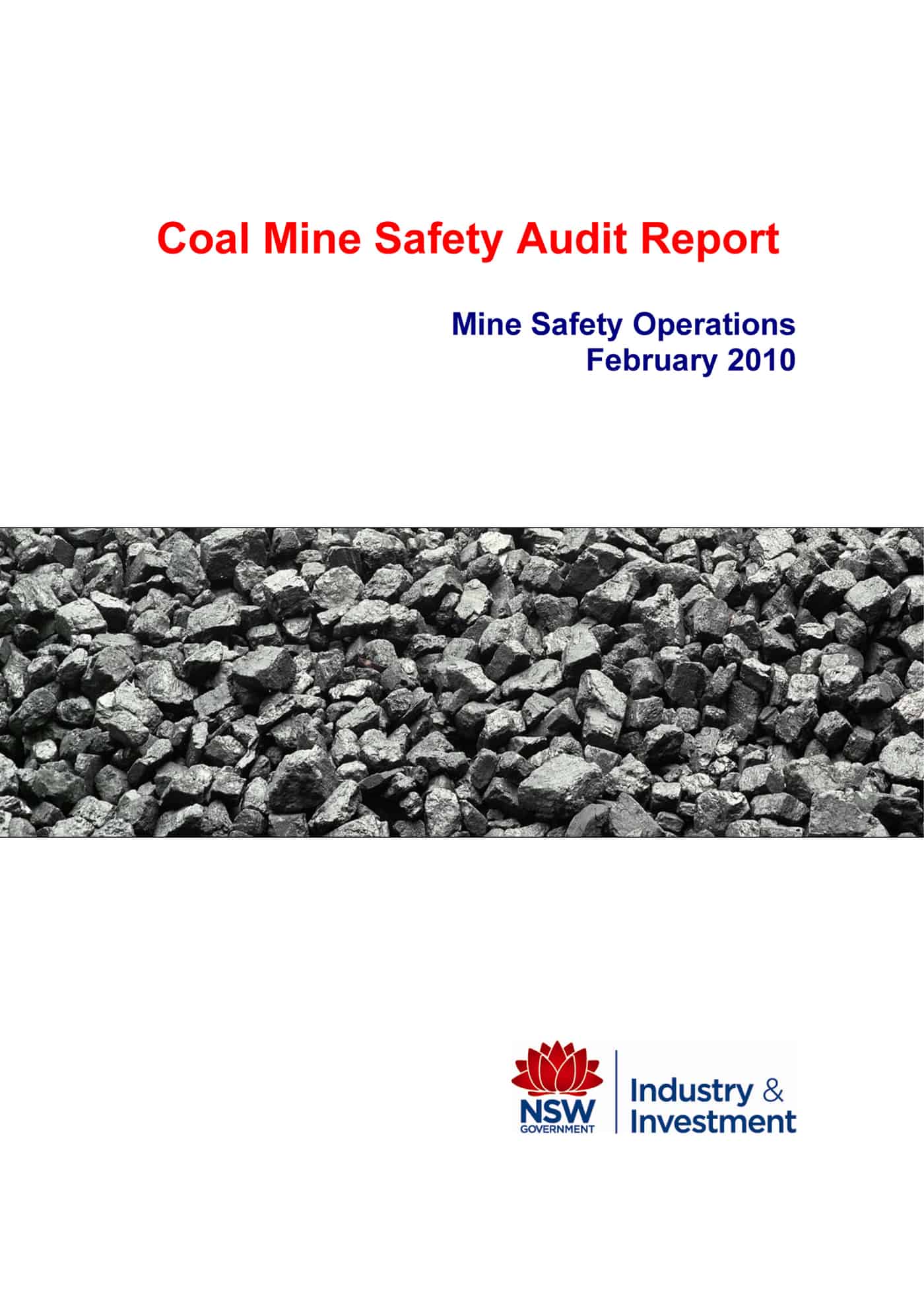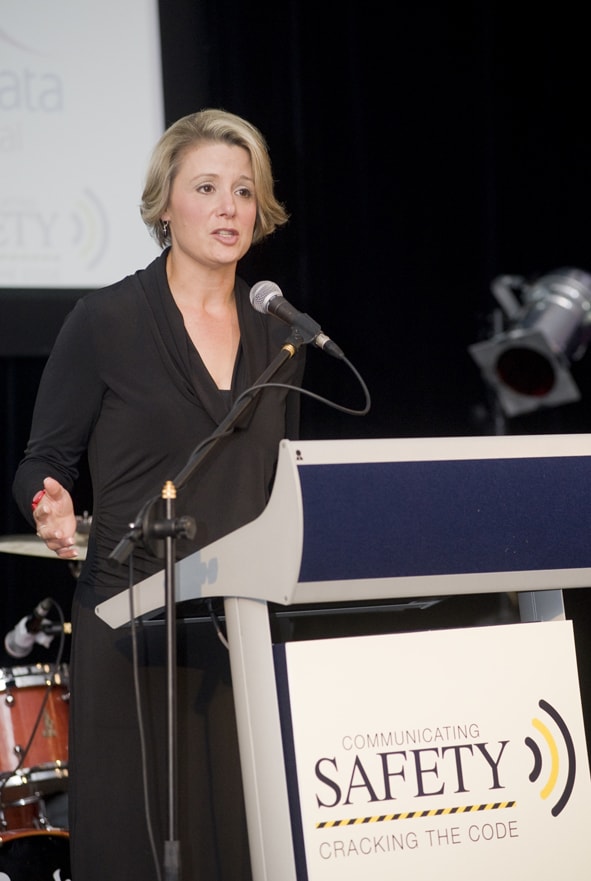The Australian newspaper on 12 May 2010 published an article that is an example of the type of article on the passing of former New South Wales Attorney-General Jeff Shaw that SafetyAtWorkBlog expressed concerns over. For most of the article Shaw’s alcoholism is the focus yet we should not judge a person only by their flaws but by their achievements.

SafetyAtWorkBlog interviewed Professor Michael Quinlan who was closely involved in some of the law reform work that Jeff Shaw instigated in the 1990s when he was the Attorney-General.
Quinlan echoed the opinions of Professor Ron McCallum over Shaw’s commitment to industrial relations and OHS law reform but spoke of a different set of legislation that Quinlan thinks was an important achievement of Shaw. Continue reading “Professor Michael Quinlan on Jeff Shaw’s legacy”


